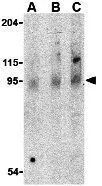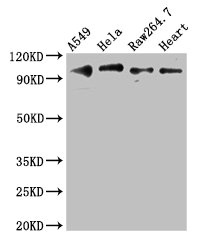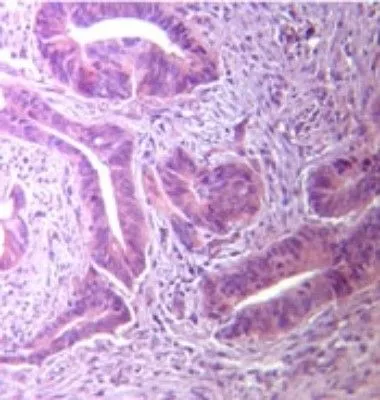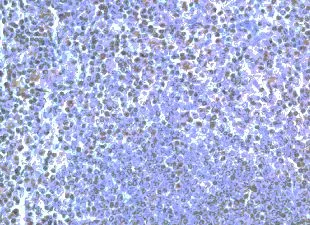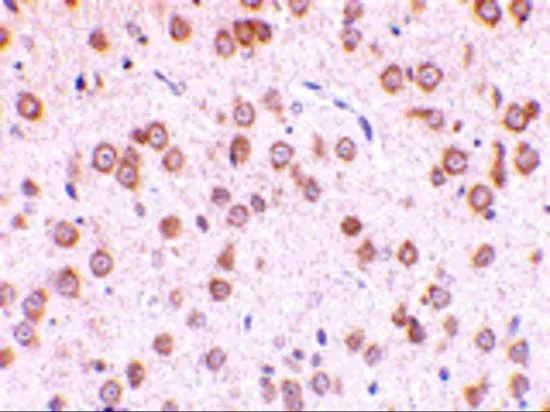
IHC-P analysis of rat brain tissue using GTX31724 TLR5 antibody. Working concentration : 10 microg/ml
TLR5 antibody
GTX31724
ApplicationsWestern Blot, ELISA, ImmunoHistoChemistry, ImmunoHistoChemistry Paraffin
Product group Antibodies
TargetTLR5
Overview
- SupplierGeneTex
- Product NameTLR5 antibody
- Delivery Days Customer9
- Application Supplier NoteWB: 0.5 - 2 microg/mL. IHC-P: 10 microg/mL. *Optimal dilutions/concentrations should be determined by the researcher.Not tested in other applications.
- ApplicationsWestern Blot, ELISA, ImmunoHistoChemistry, ImmunoHistoChemistry Paraffin
- CertificationResearch Use Only
- ClonalityPolyclonal
- Concentration1 mg/ml
- ConjugateUnconjugated
- Gene ID7100
- Target nameTLR5
- Target descriptiontoll like receptor 5
- Target synonymsMELIOS, SLE1, SLEB1, TIL3, toll-like receptor 5, systemic lupus erythematosus susceptibility 1, toll/interleukin-1 receptor-like protein 3
- HostRabbit
- IsotypeIgG
- Protein IDO60602
- Protein NameToll-like receptor 5
- Scientific DescriptionThis gene encodes a member of the toll-like receptor (TLR) family, which plays a fundamental role in pathogen recognition and activation of innate immune responses. These receptors recognize distinct pathogen-associated molecular patterns that are expressed on infectious agents. The protein encoded by this gene recognizes bacterial flagellin, the principal component of bacterial flagella and a virulence factor. The activation of this receptor mobilizes the nuclear factor NF-kappaB, which in turn activates a host of inflammatory-related target genes. Mutations in this gene have been associated with both resistance and susceptibility to systemic lupus erythematosus, and susceptibility to Legionnaire disease.[provided by RefSeq, Dec 2009]
- Storage Instruction-20°C or -80°C,2°C to 8°C
- UNSPSC12352203

